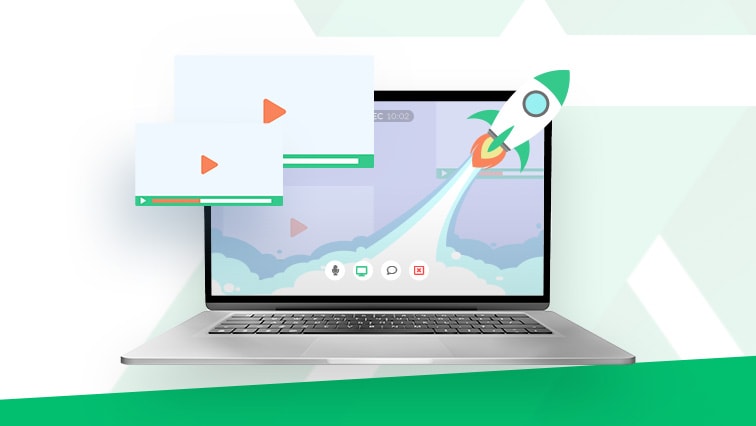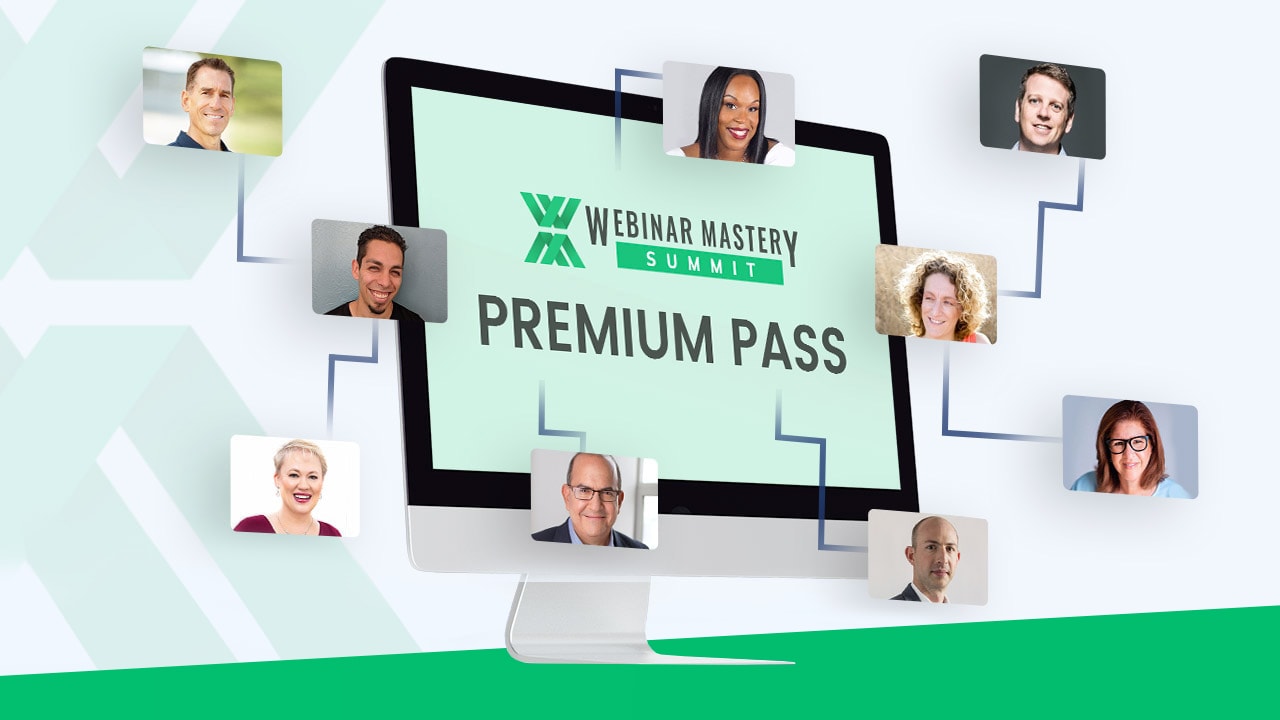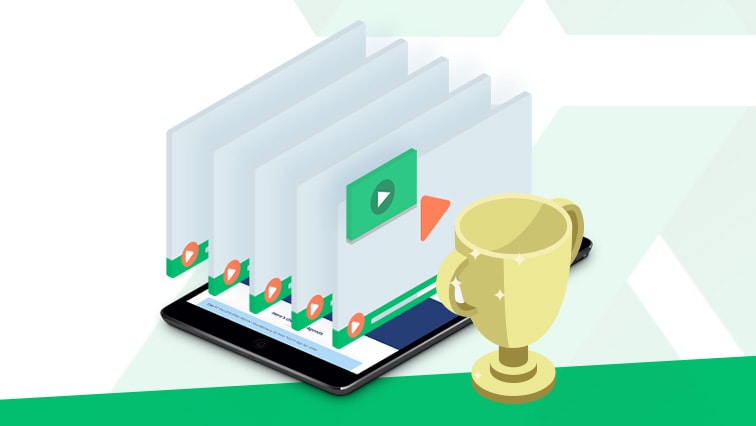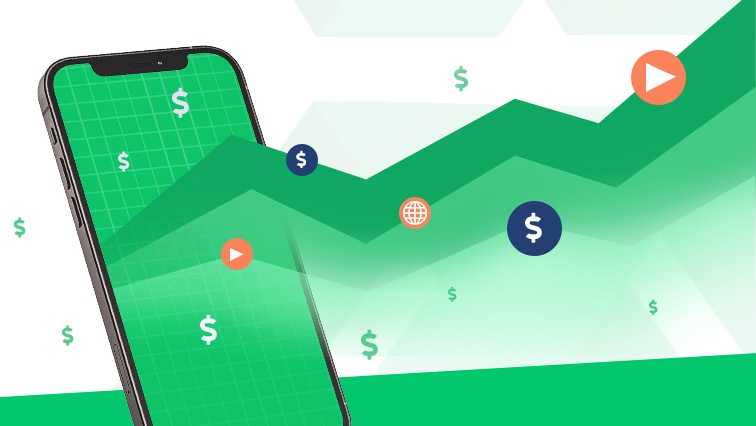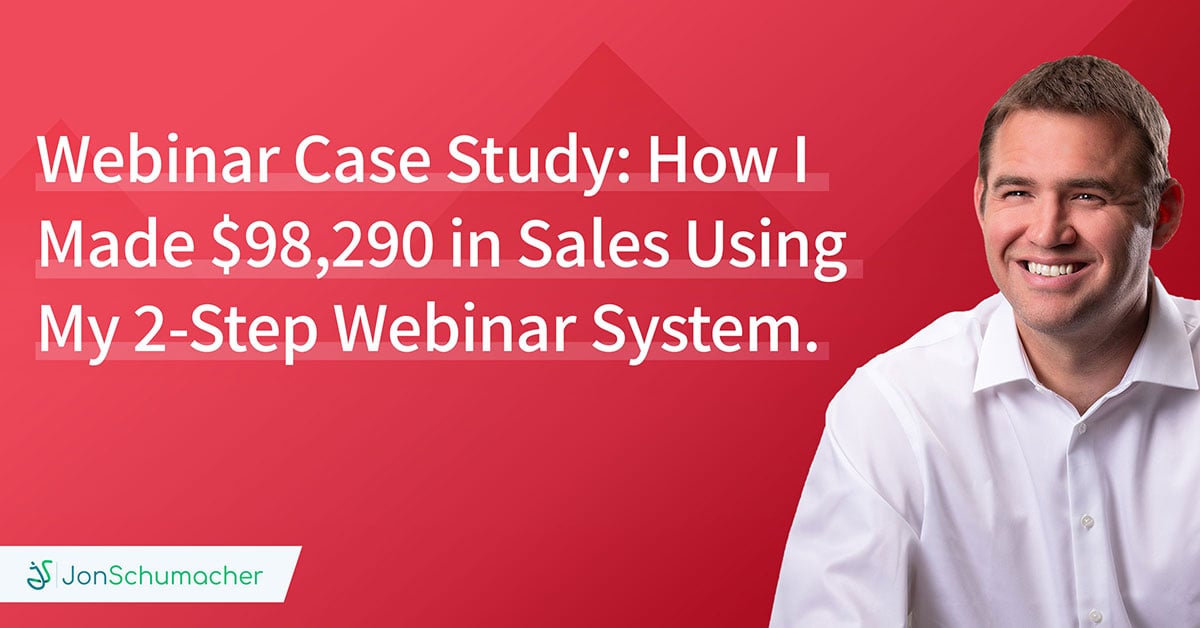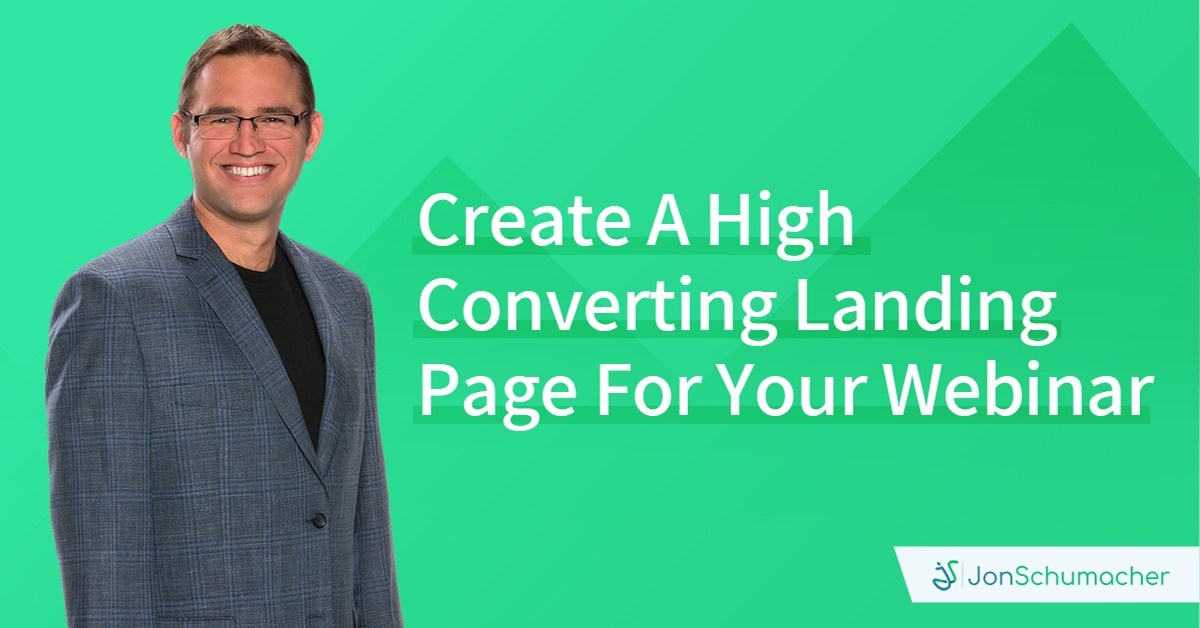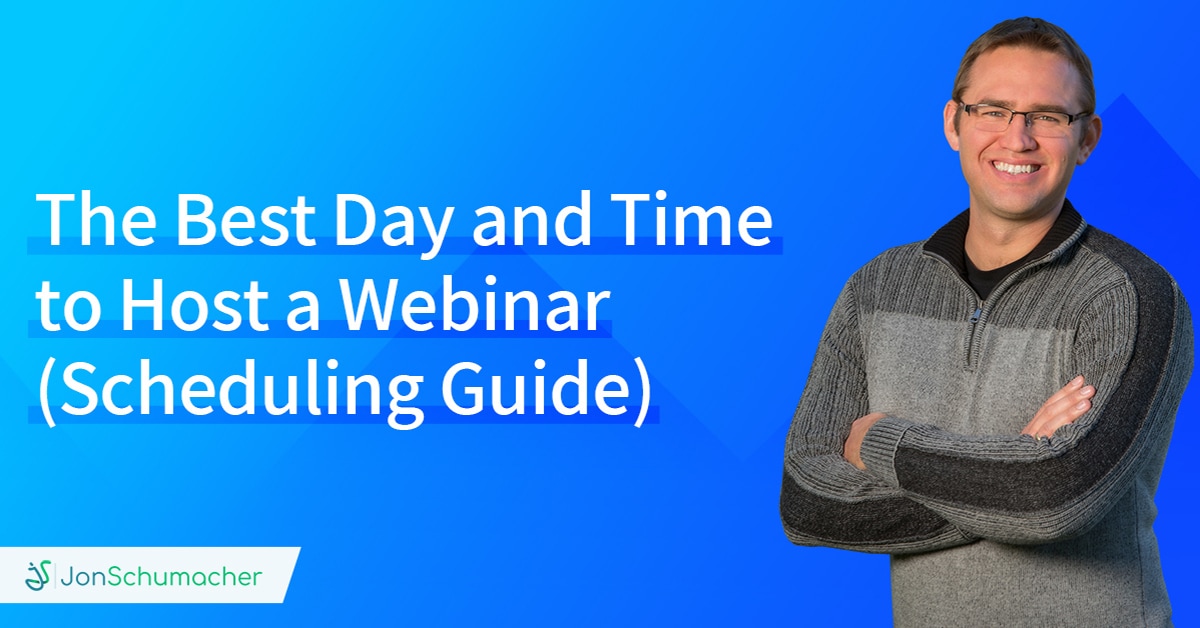How would you like to add 2,854 email subscribers, $25,853.35 in sales, and expand your potential JV partner network by 25, in a 10-day time period using a virtual summit?
Oh, and we started with an email list of around 2,000 subscribers, not 20,000.
In March of 2016, my partner Michael Bloom and I launched our first virtual summit called the Webinar Mastery Summit.
I got a chance to interview and build relationships with 25 of the biggest webinar marketing experts in the world while at the same time delighting my growing audience with no-fluff, no-bs webinar content sessions.
In this virtual summit blog post, I am going to break down the specifics of my first summit: the steps we took to create it, our monetization strategies, what worked well for us, what didn’t work so well, and some key lessons learned.
Why I Decided to Host a Virtual Summit
One of my favorite sayings for continual growth is this. “What got me here won’t get be there.”
What got me to this point, won’t get me to the next level. I need to stretch myself if I want to grow.
In the summer of 2015, I was tired after leaving my full-time job to work in my online business. Michael and I were hosting a lot of webinars, building our audience and selling more and more programs.
The thought of doing a summit seemed exhausting. But then I remembered my favorite saying. I knew, if I wanted to bring my authority to the next level, I needed to do something bigger.
What the Summit was About
When picking your summit theme, make sure to ask yourself, “What do I want to be known for.” For me, it was hosting profitable webinars.
Thus, the Webinar Mastery Summit was born. During the 10-day summit, we interviewed 25 top webinar experts from around the world. They took us through the expect steps, from start to finish, for how they create, promote, and monetize their webinars.
It was hit, with 2,854 registering from around the world.
The Steps We Followed to Create the Summit
Here is an overview of the steps we took to create a profitable virtual summit:
- Finding Your Theme/Niche. Ask yourself this question. “What do you want to be known for?” Hosting a summit will help you to become an authority in that niche.
- Creating Your Compelling Hook, Name, and Pricing. Summits are becoming more competitive and common. How are you going to stand out? Make sure to niche down a couple times and find the hot trend in your target market. Make sure the name you choose has a clear benefit in the title and is easy understand. Don’t get too cute with your title. Pricing your summit can be industry specific but $97 is a good starting point for most.
- Planning Your Summit. How many speakers are you going to have? Will it be live or recorded? What tools do you need? What is your budget? These are all questions to consider before starting. For most summits, having 15-25 speakers is enough. Recording the sessions is much easier to work with your speakers schedules than doing them live. Determine how much you can spend on the summit (see our numbers below for examples).
- Creating Your Summit Pages. Creating your pages can be a lot of work. I recommend hiring a web designer to help if you are going to use WordPress. Some of the pages you will need include: your landing page, your sales page, your thank you page, your internal speaker pages, and your membership home page. We had 68 total pages for our summit, so it was a big project. You can host your summit on WordPress or use something like Clickfunnels to create the entire event.
- Landing Speakers. Start with those you know who have some influence and see if you can get referrals. You may be a subscriber to their lists and/or a buyer of their products. Before reaching out to speakers, create a one-page summary of your event and have your landing page up to give them something to look at. While it is important to get a few bigger names on early, focus on mid-level players who have a following. They will be more likely to help you promote your summit.
- Create the Summit. You can use Google Hangouts on Air, Skype, or Zoom to record your sessions. Have a simple intro and/or outro made on Fiverr or Splasheo. We used Vimeo as our video host. You can have someone on Fiverr create MP3s from your videos for a very low cost. Transcriptions can also be done on Fiverr for around 50 cents per minute. Make sure to load all your content into your speaker pages or create a place for your web designer to get them.
- Deliver Your Summit. The Webinar Mastery Summit was a 10-day event that dripped out 2-3 sessions per day. We used ActiveCampaign for our CRM and Wishlist Member to protect the all access content. We took payments using Samcart integrated with Stripe and PayPal. We also tracked affiliate sales using Samcart.
- Making Money from Your Summit. There are a number of ways to make money with your virtual summit. We focused on selling the all access pass, a few affiliate offers, and selling our backend group coaching program, the Webinar Mastery Academy. Some other ideas include sponsors, selling memberships, or higher end affiliate offers on the backend.
- Summit Promotion. We started our internal promotion 4 weeks ahead of the summit. Facebook Ads started 3 weeks prior to the summit. Our affiliate partners started sharing 2 weeks out. We had Facebook retargeting on our landing page, thank you page, and offer page. These were our most successful ads with retargeting to our all access pass bringing in a 1,100% ROI.
Our Virtual Summit Monetization Strategy
The following was how we made $25,853.35 from our summit. I will do a deeper breakdown of the numbers in the next session.
We started off by offering free sign-ups on the frontend of our summit. Those who signed up for free could watch each session of the summit for up to 48 hours before we archived that session behind our membership site.
This allowed us to build our list faster than if we charged on the frontend for access. List building is one of the biggest benefits of hosting a summit, so I would recommend you offer free but limited access.
As soon as people signed up for free they were given the option to upgrade for lifetime access to all 25 sessions plus over $1000 in bonus courses on the thank you page. This was our “all access pass.”
We started the “all access pass” at $97 dollars. We kept that price until the summit started. We then raised the price to $147 for the first five days of the summit. We then raised the price to $197 and then to the final price of $297 after the summit was finished.
We used Facebook retargeting at each step of the funnel. We retargeted those who registered but didn’t buy the “all access pass” back to the offer. This was a very low cost ($94.30) ad that generated a very high ROI ($1,164). Do this for all your product launches or summits if you want more sales.
After the 10-day summit, we hosted 2 webinars and had a 5-day launch sequence for our Webinar Mastery Academy group coaching program. The price point was $997 full-pay or $399 x 3-pay.
This was our backend offer to take advantage of all the new subscribers we had on our list from the summit. Note, we pre-sold the Webinar Mastery Academy. We did not have a program yet created. I recommend doing this as a seed launch for any new program you would like to launch. Create an outline of what the program will be and the promotion sequence and then test that offer to your tribe. This allows you validate your offer before spending months of time and thousands of dollars creating a program that no one buys.
We also hosted 3 different webinar software demos with EasyWebinar, WebinarNinja, and WebinarJam during the summit. We used affiliate links for 2 of the 3 which brought in some extra revenue.
The keys to our monetization strategy were:
- Free access for 48 hours for list building
- All Access Pass starting at $97 with three price increases to $297
- A backend offer for our Webinar Mastery Academy at $997 or $399 x 3-pay
- Affiliate promotions during the summit
Breakdown of Our Virtual Summit Numbers
Income:
All Access Pass: $14,095 (sold 135 passes)
Affiliate Income: $1,688.35
Webinar Mastery Academy: $10,070 (backend group coaching)
Total Gross Revenue: $25,853.35
Expenses:
Web Design: $3,300
Facebook Ads: $1,012.05
Other: $515.65 (graphics, hosting etc)
Affiliate payout: $5,814
Total Expenses: $10,641.70
Net Income: $15,211.65
Net Subscribers Gained: 2,854
What Worked Well During Our Virtual Summit
- Having JVs and affiliates promote the summit. They sent over 11,114 clicks to our pages and generated $9,528 in sales.
- All Access Pass on the thank you page after registering. The majority of our pass sales came right after people signed up.
- Retargeting through Facebook at each step of the funnel. Using deadline driven Facebook retargeting ads drove $1,164 in all access pass sales right before we raised our price from $97 to $147.
- Have multiple price point increases. Deadlines always get people who are interested, to get off the fence.
What Didn’t Work Well During Our Virtual Summit
Frontend Facebook advertising. This one is embarrassing to write. I pride myself on being perficient in Facebook advertising but for this project, I could not get our cost per lead (CPL) below $4.42 to scale. I ended up turning off my frontend ads.
Others Tips And Lessons Learned From Our First Virtual Summit
- Organization is key. Depending on your organizational and/or technical skills, I would recommend having someone help you during your summit. A VA, a partner, or an intern. It is a lot of work. I couldn’t have done it alone.
- Develop templates and systems. We used Trello for our to-do list and Google Drive for our documents and spreadsheets. Create speaker follow up email templates, affiliate swipe copy, and canned email responses to help you speed up your workflow.
- Outsource what you suck at. I am not a web designer or a graphics designer. Branding matters with your summit. Outsource what you don’t do well.
- Set a deadline but give yourself an extra month for your first summit. It generally takes 3-6 months to launch a high-level summit. Give yourself plenty of time to avoid the stress and overwhelm.
- Expect tech issues. Over the course of creating and launching our virtual summit, we had our site hacked, our shopping cart fail, our video hosting service go down. Not to scare you, but tech issues will happen. Make sure to test each piece the best you can. Come up with a plan B just in case.
- Have a backend offer that is in line with your summit. Don’t just host the summit without something on the backend to take advantage of all that new traffic. An online course, affiliate product, or a group coaching program are good ideas to launch right after your summit.


